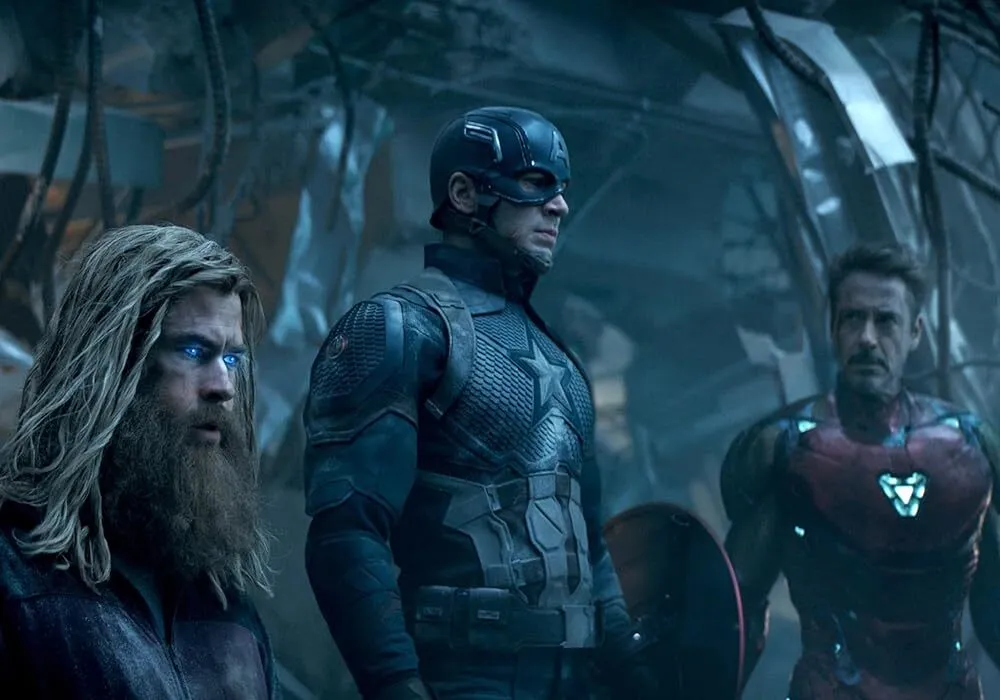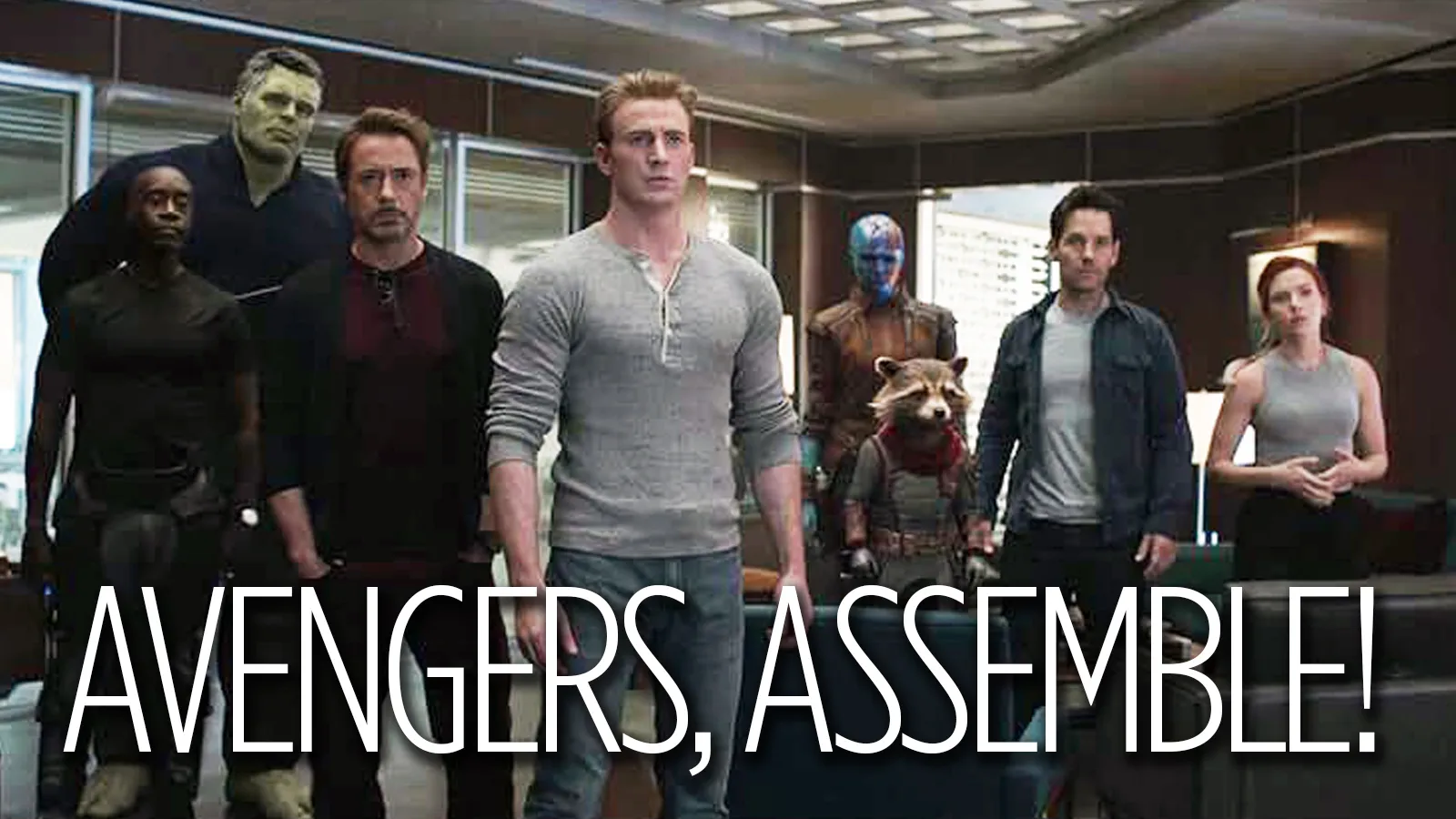Five years ago today, “The Avengers: Endgame” opened in U.S. movie theaters. By the time it left the cineplex and became available for streaming — and, for some of us old-timers, on Blu-ray — the film had become the best-selling comic book movie of all time.
The Marvel Cinematic Universe
It started with a movie about bazillionaire Tony Stark, who creates a suit made of iron in order to extricate himself from a terrorist organization. Once he safely returns home, Stark refines his invention and becomes a celebrity superhero.
The first “Iron Man” movie was released in 2008. It was followed by two more, plus movies about other Marvel Comics characters: “The Incredible Hulk,” “Thor,” “Captain America,” “Guardians of the Galaxy,” “Ant-Man,” “Doctor Strange”...
By 2015, the folks at Walt Disney’s Marvel Studios were teaming up their characters, much like they are in the comic books: “Avengers: Age of Ultron.”
And by 2019, the storyline that connected first 23 or so Marvel movies was brought to an end when Stark and his colleagues faced down an otherworldly villain who used a gauntlet powered by mystical gemstones to — snap! — erase half the population of the universe.
That saga was told in two parts: the 2018 film “Avengers: Infinity War” and its 2019 follow, “Avengers: Endgame,” which opened April 26, 2019.

Three of the Marvel Cinematic Universe's biggest stars - Chris Hemsworth as Thor, Chris Evans as Captain America and Robert Downey Jr. as Iron Man - in Avengers: Endgame
Input From An Actor
There had never been a plan to make a gigantic universe of interconnected films. Originally, everything was to be stand-alone.
But during production of the first “Iron Man” movie, actor Samuel L. Jackson and his agent contacted Marvel Studios. The artists in the comic books had begun drawing the enigmatic behind-the-scenes leader of the Avengers, Nick Fury, to resemble Jackson. Jackson loved the homage and suggested they write him into a cameo scene.
In the result — which was tacked on after the credits of “Iron Man,” Stark returns home to find the eyepatch-wearing Fury sitting in his living room. “You’ve become part of a bigger universe,” Fury tells Stark. “You just don’t know it yet.”
That turned out to be more true than anyone — characters in the film or executives at the studio — could have guessed.
Movies about comic book and comic strip heroes were nothing new. The first films featuring “The Shadow” were released in 1937 and 1938. The first Batman and Captain America serials arrived in theaters during World War II. Superman serials came along in 1948.
But these were low-budget, no-frills productions with special effects that were laughable — even at the time. The first big-budget comic features didn’t arrive until the first “Superman” movie in 1978 starringperman and Batman, Marvel sold rights to its characters to Sony, resulting in a seri Christopher Reeve.
While DC Comics were represented by Sues of X-Men movies starting in 2000 and Spider-Man movies two years after that.
It would be years before Marvel would regain rights from Sony. Only in 2017 would Spider-Man join Marvel Pictures’ Cinematic Universe. The X-Men — represented by Wolverine — and the humor-focused Deadpool reportedly join the Cinematic Universe later this year.
Upcoming Comic Book Films
July 26
Deadpool & Wolverine
Aug. 30
Kraven the Hunter
Oct. 4
Joker: Folie à Deux
Nov. 8
Venom 3: The Last Dance
Hollywood's Best-Selling Comic Book Movies
This edition of Further Review was adapted for the web by Zak Curley.
